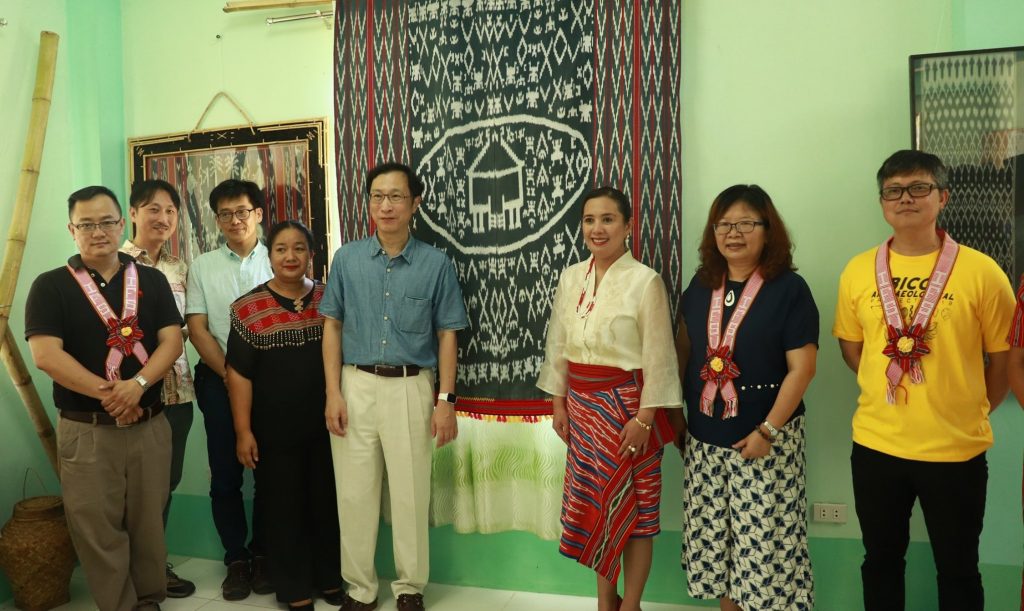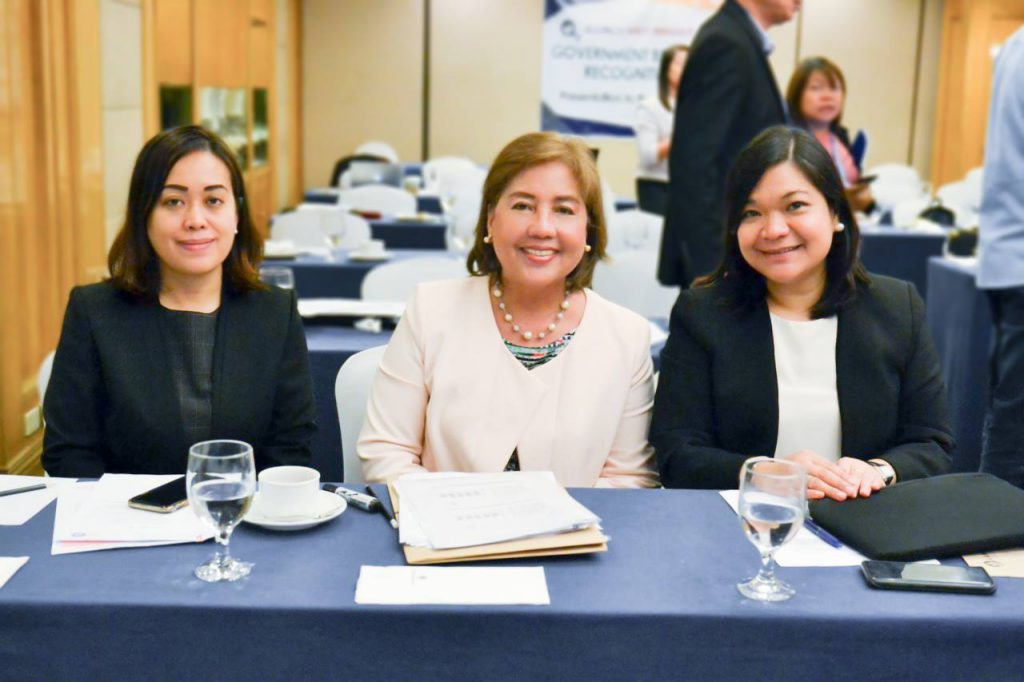Organization
Samar State University
Best Practice Focus Area/s
Citizens / Customers
Year Implemented
March 2020
This is a GBPR Entry
Summary
Through the SSU Bantay COVID program, the SSU community forefronted synergy in action, and fused multidisciplinary expertise among educators, researchers, innovators, health/medical experts, social scientists, security personnel, counselors, and sources of informed knowledge. This program paved the way for alliance building as stronger linkages have been established among Local Government Units (LGUs), Non-Government Organizations (NGOs), private organizations and individuals, frontline agencies, armed forces, hospitals, and rural health units that share the same goal of combatting COVID-19.
The SSU, as a research institution, headed research and innovation initiatives that helped the LGUs efficiently make use of the few resources available while productively helping the affected communities, encouraging teamwork, empowering citizenry, and reinventing resilience. Amid a global health crisis, the SSU community was a role model of teamwork as faculty and personnel worked to serve the most vulnerable communities. Empowering citizenry also never came last, as the SSU ensured the provision of legitimate and accurate information that ultimately resulted in the communities making informed decisions. Finally, the SSU treated the pandemic as an opportunity to strengthen resilience among the communities by revisiting old practices, lifestyles, health, and the environment and developing new ways to improve resilience.
Background and Problem
At the onset of the health crisis, the SSU quickly strategized a plan to help mitigate the adverse socio-economic effects of the COVID-19 pandemic in the Samar province. The SSU devised a holistic and innovative tactic dubbed “SSU Bantay COVID: The Smarter Way†to improve the economic, educational, health, and well-being aspects of Samarnons.
The Samar State University (SSU) was one of the first agencies in Region VIII that served as a running fortress of the Samar towns at the onset of the novel Coronavirus outbreak. The Samar province was most vulnerable due to the alarmingly high virus transmission with very few resources to make ends meet. Because of its research and innovation efforts, the SSU was recognized as one of the thirty (30) Fabrication Laboratories (FabLab) in the Philippines that helped control the further spread of the virus through various initiatives. Employing a holistic approach, the SSU Bantay COVID: The Smarter Way Program led initiatives through various SSU Bantay COVID projects and resulted in the region’s best practices. At the heart of this best practice lies the core foundations of the program—the Smarter Way.
More than a thousand COVID-19 cases have been recorded for the Eastern Visayas region alone, and several towns were forced into lockdowns. With only a few hospitals and with strict travel restrictions, the region was feared to experience despair in acquiring basic goods and other essential resources.

Solution and Impact
The SSU Bantay COVID: The Smarter Way applied a strategic, immediate, innovative COVID-19 response through different SSU Bantay COVID projects. These projects include the production of medically acceptable face shields, face masks, chemical-free mobile disinfection chamber, non-toxic disinfectants, alcohols and sanitizers, soaps, and immune system booster food products; development and distribution of learning materials for stranded children; mobilization of various information dissemination means namely, Lagidlid COVID-19 web application, “Kaupod ha Pag-uswag†radio program, SSU Pag-Himangraw COVID Response Center, and printed Information Education and Communication (IEC) materials; and the initiation of Bulig Catbaloganon outreach program.
These initiatives assisted hundreds of thousands of Filipinos around Eastern Visayas. These projects shall help create COVID-19-free communities and a less overwhelmed Philippine healthcare sector. The SSU Bantay COVID initiatives also resulted in communities recognizing SSU as a community’s research entity and extension arm. As a result, more LGUs and communities seek the university’s assistance in research and innovation as a basis for policy-making and formulation of local needs-based programs. Expectantly, the long-term impact this shall have is the creation of more scientific communities and the formulation of research-based policies and programs for the people.
Milestones/Next Steps
The efforts of the SSU helped combat the novel coronavirus in the province the ‘smarter’ way. As of June 2020, more than five hundred thousand (500,000) residents were assisted; sixty-six (66) units/offices and thirteen (13) hospitals and Rural Health Units (RHUs) around the Eastern Visayas region were given disinfectants and sanitizers; over ten thousand (10,000) masks and three thousand (3,000) face shields were distributed, and over a thousand Catbalogan and Tarangnan frontliners were fed with immune system booster food products at the onset of the novel Coronavirus. Moreover, over a thousand Catbaloganons were given financial and basic goods assistance through an outreach program that raised almost half a million pesos.
The SSU Bantay COVID Program paved the way to recognize the SSU’s Research Innovation Center (RIC) as one of the 30 Fabrication Laboratories (FabLab) in the Philippines allowed to help manufacture products that will help bring solutions to the complete eradication of the virus.
The SSU has also been identified as one of the COVID-19 front liners of Samar province and maintained an even stronger partnership with the immediate Local Government Units (LGU). Organizations also recognized the university’s efforts as it was featured online and on radio platforms.
The novel Coronavirus outbreak was an unforeseen crisis around the globe. It overwhelmed all sectors of society and pushed millions of Filipinos to further adversity.







